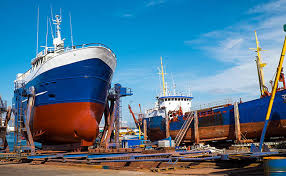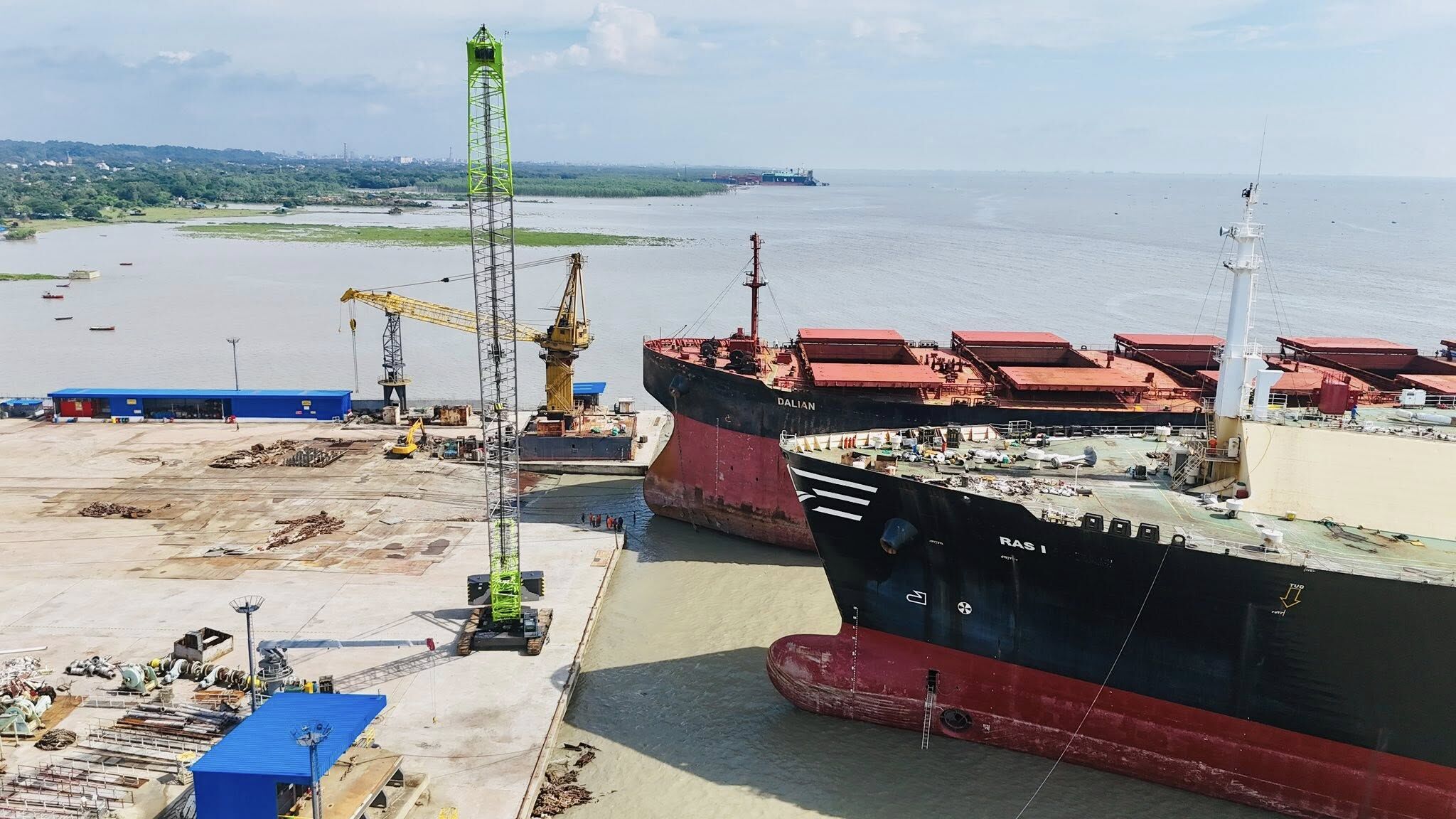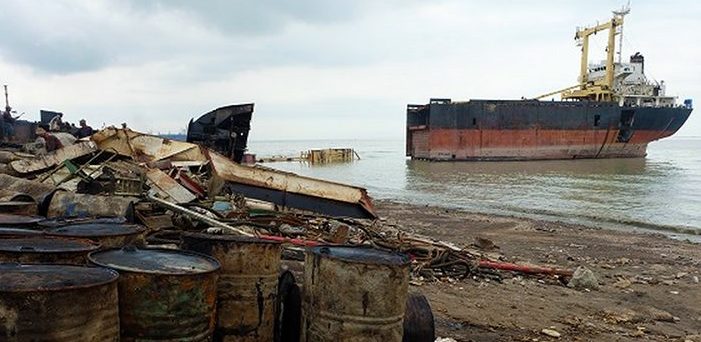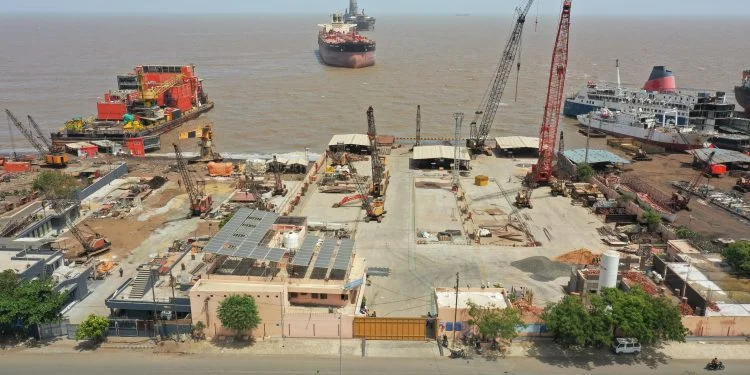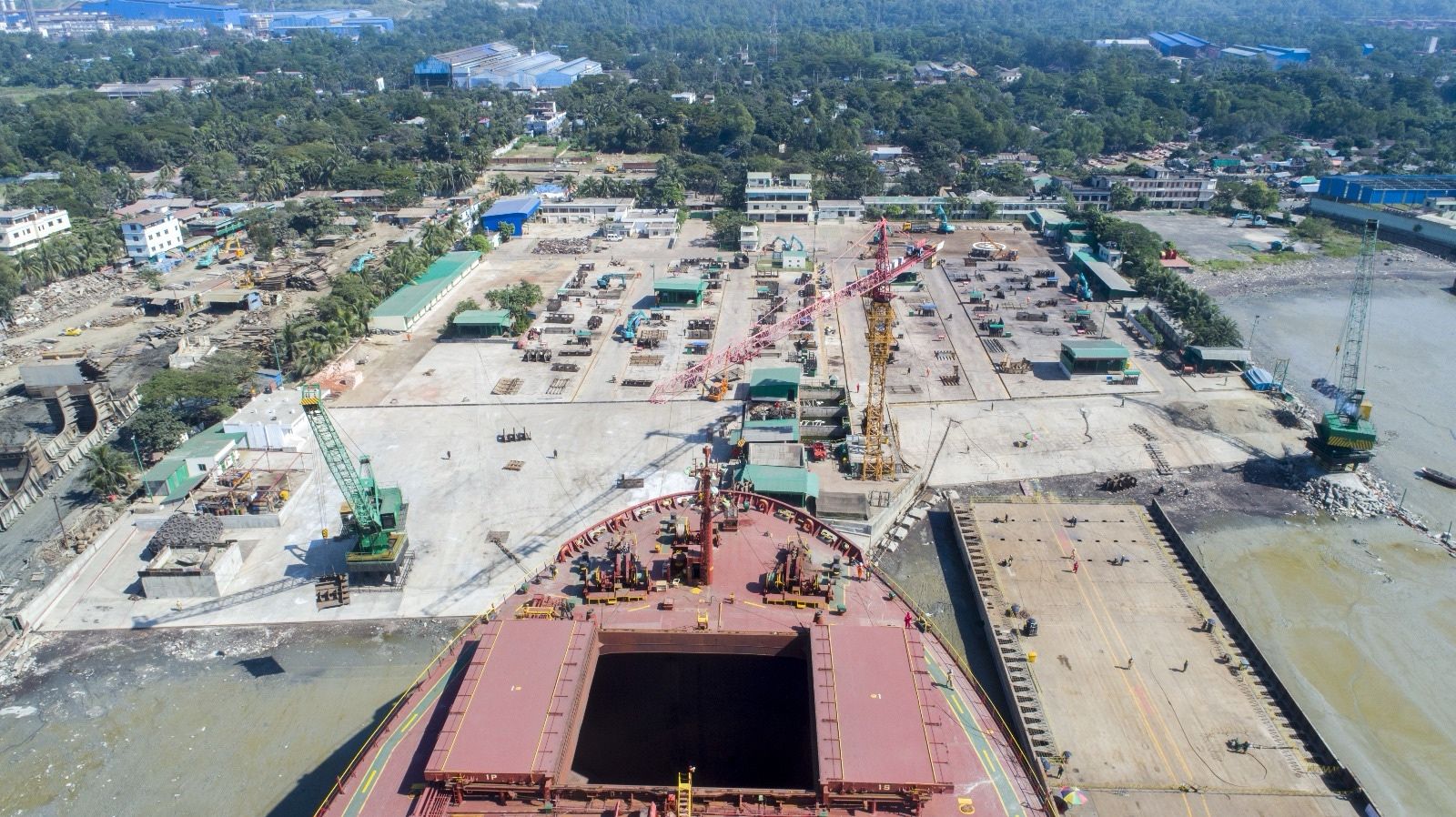Gujarat to Host Four New Shipyards as India Pushes to Become Global Shipbuilding Power

The western state of Gujarat, already home to India’s largest shipyard by capacity at Pipavav, is set to host four more shipbuilding facilities as part of the Narendra Modi-led government’s ambitious plan to turn India into a shipbuilding hub of global repute. The new developments will mark the first concrete steps toward expanding the country’s capacity to build and repair commercial vessels, a sector where India currently lags far behind its Asian peers.
At the center of this expansion is Goa-based Chowgule and Company Pvt Ltd, which will establish a massive ₹6,300 crore integrated shipbuilding yard at Chhachi. This facility is expected to become one of the most advanced shipbuilding hubs in the country, significantly enhancing Gujarat’s maritime infrastructure. Alongside this, Gujarat-based ACT Infra Port Ltd will develop a ₹2,400 crore greenfield shipbuilding and repair yard in the Gulf of Kutch, according to a government document reviewed by ET Infra.
Officials said the memorandum of understanding (MoU) for both projects will be signed with the Gujarat Maritime Board in the presence of Prime Minister Narendra Modi during a high-profile event in Bhavnagar on Saturday. The ceremony will underscore the government’s strategic intent to scale up India’s shipbuilding industry, with the prime minister’s home state positioned as a centerpiece of this maritime transformation.
The momentum does not stop there. Kolkata-based, state-run Garden Reach Shipbuilders & Engineers Ltd (GRSE), a company controlled by the Ministry of Defence, is preparing to sign an MoU with the Deendayal Port Authority on September 20 for a greenfield facility at Kandla in Kutch district. This project will add another significant yard to Gujarat’s growing shipbuilding portfolio. In addition, GRSE will collaborate with Modest Infrastructure Pvt Ltd, part of Goa’s Dempo Group, to establish an integrated greenfield yard at Ratanpar in Bhavnagar district.
With these initiatives, Gujarat, which already houses shipyards such as Pipavav (run by Swan Defence and Heavy Industries Ltd), Shoft Shipyard Pvt Ltd, and Modest Infrastructure Pvt Ltd, will further consolidate its position as the epicenter of India’s shipbuilding industry. The state benefits from its 1,600-kilometer coastline, the longest in the country, providing strategic advantages for both shipbuilding and ship repair operations.
India’s ambitions, however, extend far beyond regional dominance. According to government estimates, the country will require $18 billion in investment by 2047 to establish itself as a credible global player in shipbuilding, ship repair, and ancillary industries. A much larger financial push—$388 billion—will be needed to expand India’s shipping tonnage, while $260 billion is required to enhance green tonnage. These figures highlight the scale of resources needed for India to climb from its current position, holding less than 1 percent (0.06 percent) of the global shipbuilding market and ranking 16th worldwide.
The government has set a target of breaking into the top 10 global shipbuilding nations by 2030 and the top five by 2047. Similar goals are being pursued to increase India’s standing as a major ship-owning nation. For this, experts argue that the country must first resolve its chronic shortage of large-scale shipbuilding infrastructure.
“For India to become a leading shipbuilding nation, what it basically needs is to develop infrastructure first. You need shipbuilding capacity, you need shipyards. Unfortunately, India doesn’t have very many shipyards that can construct commercial ships. This is the key thing they have to tackle,” said Dr Ranjan Varghese, Chief Executive Officer of Steel Ships, a Hong Kong-based shipbuilding EPC company.
Recognizing this challenge, the government is preparing to spend nearly ₹20,000 crore to set up shipbuilding clusters across the country. These clusters are planned not only in Gujarat but also at Dugarajapatnam in Andhra Pradesh, Kendrapara in Odisha, Thoothukudi in Tamil Nadu, and multiple locations in Maharashtra including Dighi, Jaigad, Vijaydurg, and Bankot. The cluster-based model aims to create anchor shipyards supported by ancillary industries, shared facilities, and improved connectivity to ensure cost efficiency and resource optimization.
During Saturday’s event, MoUs will be signed with five states to establish these mega shipbuilding clusters. Officials said this strategy reflects a long-term vision to build capacity and capability, aligning with India’s maritime strategy that seeks to reduce dependence on foreign shipbuilders, especially in the commercial sector.
The timing of these initiatives is critical. Global shipbuilding is dominated by East Asian nations such as China, South Korea, and Japan, which collectively command over 90 percent of the market. India’s entry into the field has so far been limited, with most domestic shipyards engaged in defense projects or smaller-scale commercial vessels. To compete, India must invest heavily in technology, infrastructure, and manpower training, while also ensuring that global shipping companies see the country as a reliable and cost-competitive destination for building vessels.
Industry observers point out that India’s growing role in international trade, its expanding energy needs, and its strategic location along global shipping routes make it well-placed to build a shipbuilding ecosystem. However, they caution that execution will be the real test. Past attempts to promote commercial shipbuilding have faltered due to inadequate policy support, high costs, and stiff competition from established players abroad.
This time, the government’s cluster approach, backed by large-scale private investment and the involvement of both state-run and private shipbuilders, signals a more determined effort. With Gujarat at the forefront and several other coastal states being brought into the fold, India is laying the groundwork for a shipbuilding future that could alter the global balance in the industry.
If these projects succeed, India could begin to shed its peripheral role and move toward center stage in the global shipbuilding arena—transforming its long coastline from a geographic advantage into a genuine industrial powerhouse.
Author: shipping inbox
shipping and maritime related web portal




